Traces magazine delves deep into Australia’s history, from ancient Indigenous heritage to colonial times,convicts, local history, antiques and artefacts, family genealogy and more!
Welcome to the 28th edition of Traces!
Traces
Heritage news
Labassa, Caulfield North, Victoria • From an opulent 19th-century home for high-society figures, to a hippie haven apartment building in the 1970s, Labassa spent almost a century housing some of Melbourne’s most unique residents.
Unchained: the liberation of a woman’s mind • For much of human history, women’s aspirations were stifled and their movements restricted, profoundly influencing social, economic, and political landscapes throughout the ages. Author Paul Ham explores how perceptions of women have changed over time, shaping the modern world.
Gamifying history • Federation University Senior Lecturer Dr David Waldron has been busy experimenting with gamification and performance to bring history to life and engage new audiences. Traces spoke with Waldron about his passion projects and their recent awards, and how he’s shaking up history education.
Never miss out with a Traces subscription
The refrigerator revolution • The refrigerator is a part of every modern kitchen. It keeps our food fresh and our vegetables crisp, and some even dispense filtered water or ice. But it wasn’t always this way.
AUSTRALIA’S FIRST WINE • Australia’s wine story is fascinating and ambitious. Many 19th-century observers believed that Australia would become the France of the Southern Hemisphere. Although it would never achieve the same level of profitability as wool, coal, and iron ore, wine has been associated with influence and power throughout Australian history.
Who is the impostor? • Were foreign warships ever welcome in Australian colonial ports? A misidentified photograph reveals the uneasy diplomacies of the 19th century.
William John Mayne and the murder that wasn’t • While writing a book on UK railway wagon builders of the early 1900s, Chris Sambrook encountered a man named William John Mayne, and began to uncover his exceedingly colourful life.
Exploring Scotland’s Criminal Database • To me, genealogy is like a jigsaw puzzle. Birth, marriage, death, and census records are like the corner pieces and the edges; they provide the basic outline, but don’t give us the full picture. We need to dive deeper and find all the pieces to see our family story clearly.
What’s that thingamajig? • Answer: a leather bicycle helmet
The migration of Angelos Spartalis • Born on the tiny Greek island of Kastellorizo in December 1875, my great-grandfather, Angelos Spartalis, was the first of my family to migrate to Australia. His story illustrates the process of chain migration that brought many Europeans to Australia in the late 19th and early 20th centuries.
Ruth Budd, the girl with a smile • In 1917, Australia mourned and writhed with discontent. Seventy-six thousand ANZAC soldiers were casualties of World War I that year – 22,000 of them killed. But there was a tonic for the times: Ruth Budd, a 22-year-old American aerial gymnast, dancer and singer, arrived on Australian shores.
POSTAL CONFUSION • In 1858, a writer for The Age lamented the way that people named towns. It was the height of Victoria’s gold rush, and population centres grew and moved according to gold discoveries. Towns seemingly emerged overnight. When it came to naming them, the writer felt people did so haphazardly and ‘according to individual judgment of caprice’.
Secrets of Woodman Point Quarantine Station • Once known as ‘The Hidden Community’, the heritage-listed Woodman Point Quarantine Station, in Fremantle, dates back to the 1800s. Today, it remains so well-hidden that few are aware of its existence.
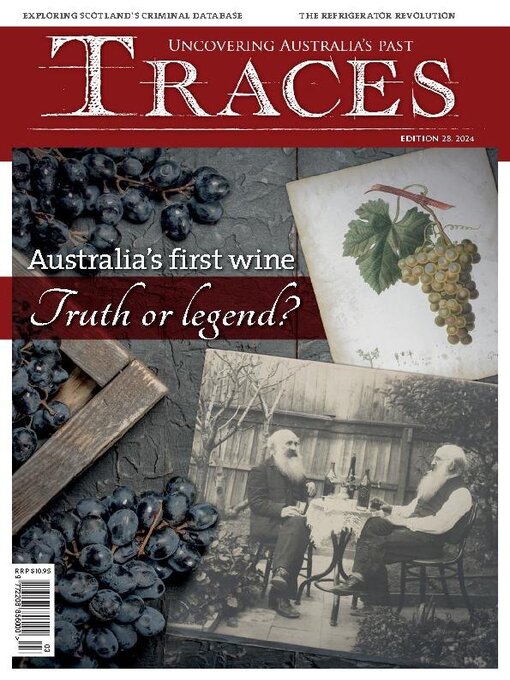
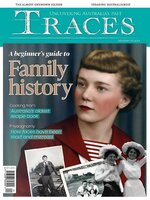 Edition 29, 2024
Edition 29, 2024
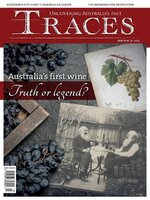 Edition 28, 2024
Edition 28, 2024
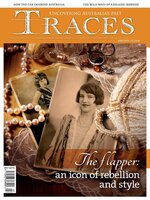 Edition 27, 2024
Edition 27, 2024
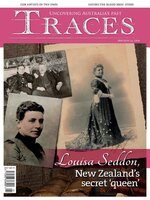 Edition 26, 2024
Edition 26, 2024
 Edition 25, 2023
Edition 25, 2023
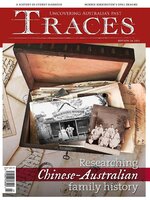 Edition 24, 2023
Edition 24, 2023
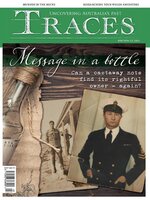 Edition 23, 2023
Edition 23, 2023
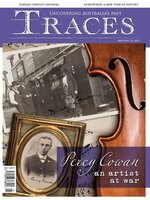 Edition 22, 2023
Edition 22, 2023
 Edition 21, 2022
Edition 21, 2022
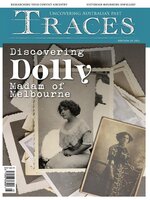 Edition 20, 2022
Edition 20, 2022
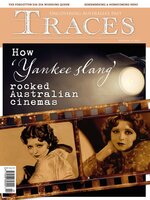 Edition 19, 2022
Edition 19, 2022
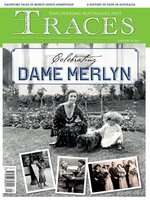 Edition 18, 2022
Edition 18, 2022
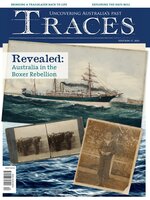 Edition 17, 2021
Edition 17, 2021
